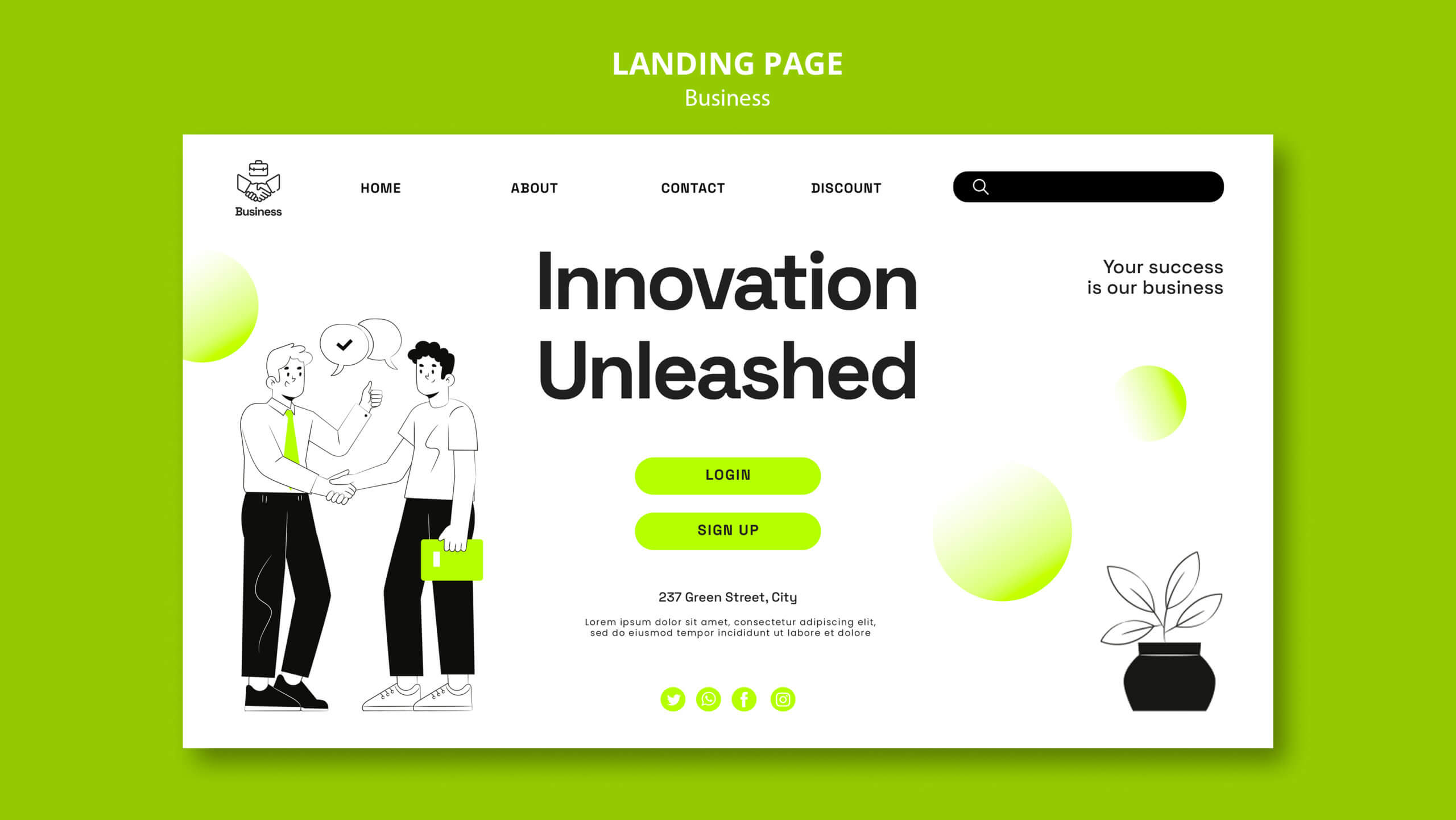
In the ever-evolving digital landscape, the demand for engaging and interactive online experiences has never been greater. Traditional static content, while informative, often lacks the immersive quality that modern audiences crave. This shift has led to the rise of interactive content—a dynamic approach that invites users to actively participate and engage with the material. In this comprehensive article, we explore the significance of interactive content and its far-reaching implications for user engagement.
Defining Interactive Content
The Essence of Interaction
Interactive content goes beyond one-way communication. It involves active participation from the audience, allowing them to influence the content and explore it in a personalized manner. Unlike static content, which is consumed passively, interactive content requires users to make choices, provide input, or navigate through the material.
Diverse Formats of Interaction
Interactive content comes in various formats, including quizzes, polls, assessments, calculators, interactive infographics, videos with branching scenarios, and more. These formats enable users to engage with the content based on their preferences and goals, resulting in a richer and more personalized experience.
The Engagement Advantage of Interactive Content
Beyond Passive Consumption
The allure of interactive content lies in its ability to captivate users and hold their attention for longer periods. Traditional static content often struggles to maintain user engagement, as readers may skim or lose interest quickly. Interactive content, on the other hand, encourages users to actively participate, fostering a deeper connection.
Boosting User Retention and Understanding
When users actively engage with content, they are more likely to remember and understand the information presented. Interactive elements, such as quizzes and assessments, challenge users to apply their knowledge, reinforcing their comprehension and retention of key concepts.
Personalization and Relevant Insights
Interactive content allows for personalization based on user input. This level of customization enhances user experiences by tailoring the content to match their preferences or needs. Additionally, the data collected from user interactions can provide valuable insights into audience preferences, pain points, and interests.
Implications for Business and Marketing
Enhanced Brand Engagement
Interactive content provides a unique opportunity for brands to stand out and make a lasting impression. By delivering memorable experiences, businesses can build stronger connections with their target audience, fostering brand loyalty and advocacy.
Driving User Actions
Interactive content can be strategically designed to drive specific user actions. For instance, interactive calculators can help users make informed decisions, while interactive product demonstrations can lead to increased conversions and sales.
Improving SEO and Shareability
Engaging content is more likely to be shared on social media platforms, increasing its reach and visibility. This shareability not only extends the content’s reach but also positively impacts search engine optimization (SEO), as search engines value content that is shared and engaged with.
Creating Effective Interactive Content
Understanding Audience Needs
The foundation of successful interactive content is understanding your audience’s preferences and needs. Conduct research to identify the types of content formats that resonate with your target demographic.
Aligning with Brand Goals
Interactive content should align with your brand’s goals and messaging. Each interactive element should contribute to a cohesive brand narrative and help achieve specific objectives.
Seamless User Experience
The user experience should be seamless and intuitive. The interactive elements should enhance, rather than detract from, the overall content flow. Clear instructions and user-friendly design are crucial for a positive experience.
Conclusion
In a world where digital content is abundant and attention spans are fleeting, the shift from static to interactive content is not merely a trend but a necessary evolution. Interactive content’s ability to engage, educate, and entertain users sets it apart as a powerful tool for businesses and marketers seeking to create meaningful connections with their audience. By embracing the interactive approach, brands can pave the way for enhanced engagement, stronger relationships, and increased impact in the digital sphere.

















